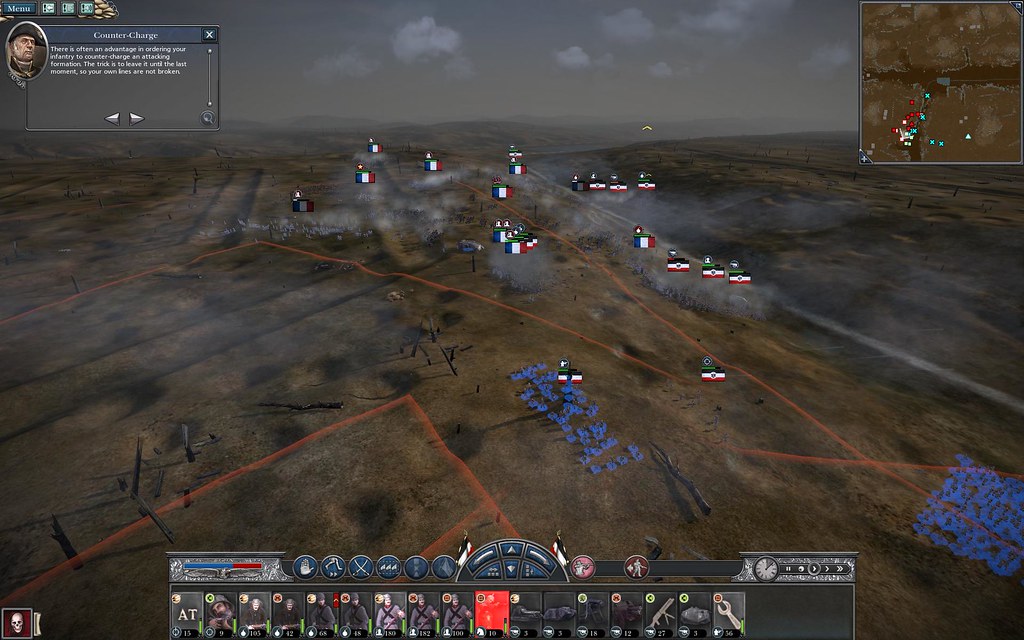

In the Soviet Union itself, somewhat surprisingly, any memory of the Eastern Front was kept alive largely by one of the principal pillars of the establishment, the Red Army, which, during the 1930s, studied the strategy and tactics of the conflict between the Russian and German empires from 1914 to 1918. Tolz and her colleagues are likely to reveal much that is new.ĭuring the conflict, in 1916, the Russian Society of Soldiers Who Fell in the War announced a competition to produce appropriate monuments, but in 1918 Lenin signed a decree for the destruction of statues ‘raised in honour of the tsars and their servants’ in favour of new ones of ‘great people in the sphere of revolutionary and social activity’. In the first of them, Vera Tolz writes of a shift from 2010 onwards, which makes the First World War the determining moment for modern Russia, not the Revolution. Russian and western historians are collaborating in an ambitious project of about 20 volumes on ‘Russia’s Great War and Revolution’. Yet, in recent years, the possibility is opening up of a commemoration more fitting to the military sacrifice. With a new history unfolding, the whole episode of imperialist conflict was to be denounced and then confined to oblivion. Lenin had urged Russian troops to fraternise with their enemies before he took power. But the seizure of power by Lenin and the Bolsheviks caused widespread alarm, as the Soviets withdrew from the Great War and the country became cut off from the rest of Europe in both practice and in thought.įor Lenin and his comrades the Great War had been an imperialist venture and was, therefore, to be forgotten in the new communist dawn.


The Allies welcomed the fall of the autocratic tsar – ‘Bloody Nicholas’ as he was known – and greeted the arrival of democracy in the shape of the Provisional Government under Alexander Kerensky. Russia lost at least as many men as any other combatant, yet its contribution has often been neglected, no doubt because Russia has often been considered apart from Europe, especially after the Revolution of 1917. It saw four empires destroyed: Russia, Austria-Hungary, Germany and Turkey. The Eastern Front in the First World War commands far less attention than the Western, even though it extended further, involved more soldiers and probably resulted in more losses.


 0 kommentar(er)
0 kommentar(er)
